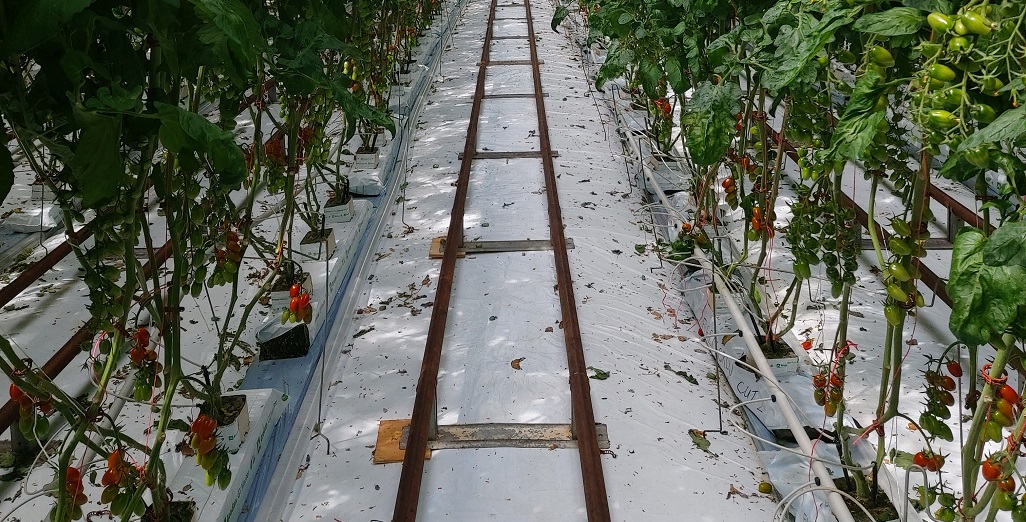Sign up here to subscribe to the Grower2grower Ezine. Every two weeks you will receive new articles, specific to the protected cropping industry, informing you of industry news and events straight to your inbox.
Feb 2019
Substrate Focus

Pumice
When I first started growing greenhouse tomatoes, in the 90’s, I grew in pumice substrate for at least the first 3 years. In those days we would grow in small white sausage shaped bags. The first crop we had to dig the plants into the bags. It was pre-stone-wool propagation material then. The hardest part of the job was the placing and removing of the bags. It was hard and heavy work, but pumice does have its advantages as a growing media.
Water Holding and Refreshment:
The water holding capacity of pumice is either viewed as a negative or positive, and it very much depends on the crop and time of the year you are growing. Pumice allows for roots to penetrate easily through the granules, it is particularly easy for capsicum roots to penetrate. Pumice is easily dried down, so even though there can be an easy establishment of root systems, growers are able to reduce a vegetative pulse in the plant quickly and restrict water availability.
Summer:
As pumice has a reduced water holding capacity, compared to other substrates, it needs regular refreshment, this again can be perceived as a negative or positive. In the heat of summer, replenishing the root system often, with such an open media, will have benefits, rootzone temperatures stay lower and higher oxygen levels should be achieved compared to other media. The negative, you have little room for error if there is an irrigation malfunction. I always found I had to use a higher runoff % to achieve EC targets with pumice, and unless you are recycling you end up with a high % of run to waste. Even if you are recycling, you have extra costs on electricity and wear and tear on pumps which are working overtime. These hidden costs are rarely considered.
Late Autumn, Winter:
This is the time of year I felt the biggest advantage is achieved from using pumice as a substrate, it is easily dried down to easily allow your night time targets no matter what the environmental conditions. It is very forgiving, if you do overwater then it is very easy to correct. Controlling the EC is very easy in pumice, and again if you will have the ability to make changes faster than with other substrates, but it does mean it is easy to over correct as well.
Root Structure/pattern
Establishing a rootzone that is evenly spread across the entire volume of pumice is a drawback. You will always end up with a cone effect pronounced more on pumice than on most other substrates currently on the market. This is why taller bags are still generally used to have a larger vertical root structure. Multiple drippers will help spread the irrigation water and increase the cone, but it’s still not ideal.
Drippers:
If you are growing in pumice, then dead set no brainer, you should be only using 2 litre/hour compensating drippers. When I first started growing I had the whisker irrigation which if you worked it out had an output approx. 9 litre/hour. So the water was going on the substrate ridiculously quick and there was less time for the spread of the water throughout the bag so it caused high and unnecessary runoff percentages.
Labour:
The extra time and labour it takes to place in the bags and take them out is a huge negative. It is also extremely heavy work and takes its toll on the body. It is however, very easy to dispose of.
Uptake of Root treatments:
As pumice is easily dried, it can be very effective if applying a systemic product via the root systems. You should be able to get a good result.
Summery:
Twenty five years later, some greenhouse grower’s still use pumice or a pumice/sawdust mix. It is not a substrate that is very popular, but it is still used and growers who use it need the advice to help them achieve the best possible returns. It is also a product that could be used in the future to grow different varieties of crops that are coming under cover. Like any substrate, understanding its properties, how root systems/plants react is the key to understanding if it is the correct media for you to be growing in for your situation.
.jpg)
I appreciate your comments. Please feel free to comment below or on the grower2grower Facebook page:
https://www.facebook.com/StefanGrower2grower/
Article Written by Stefan Vogrincic, Consultant, Grower2Grower
Article Edited by Marie Vogrincic, Editor, Grower2Grower
CLASSIFIED
Subscribe to our E-Zine
More
From This Category
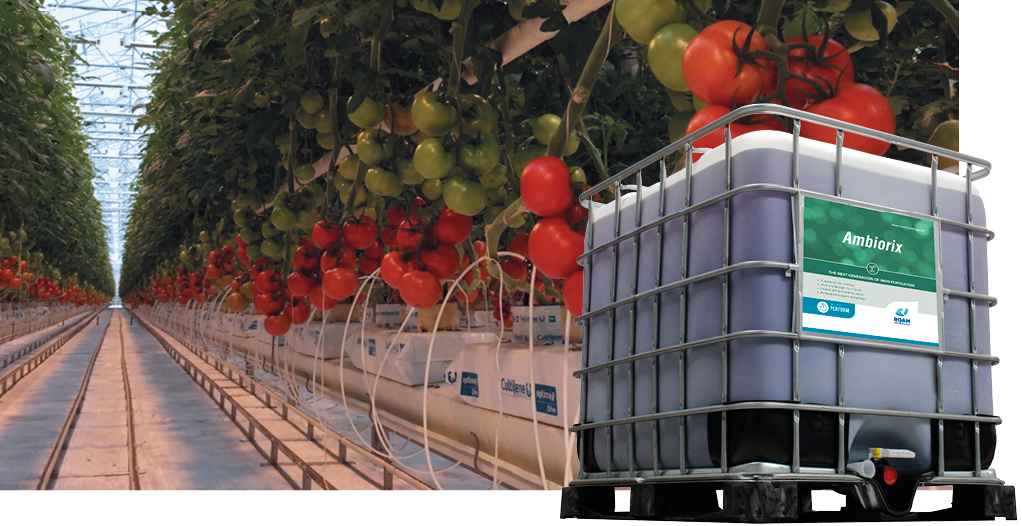
Less fertilisation and higher yields with Ambiorix iron polyphosphate

Bluelab Introduces OnePen™
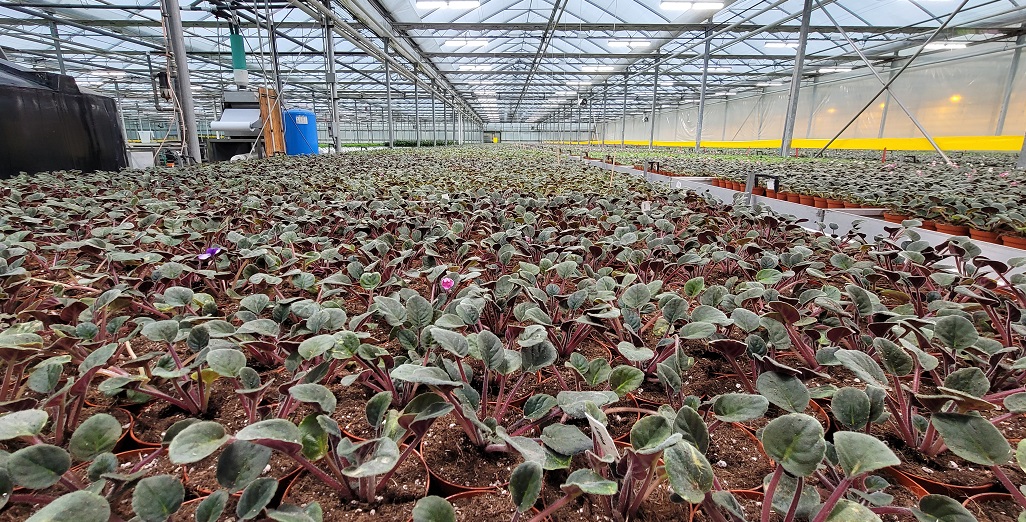
Free Webinar on Controlling Waterborne Pathogens in Greenhouses
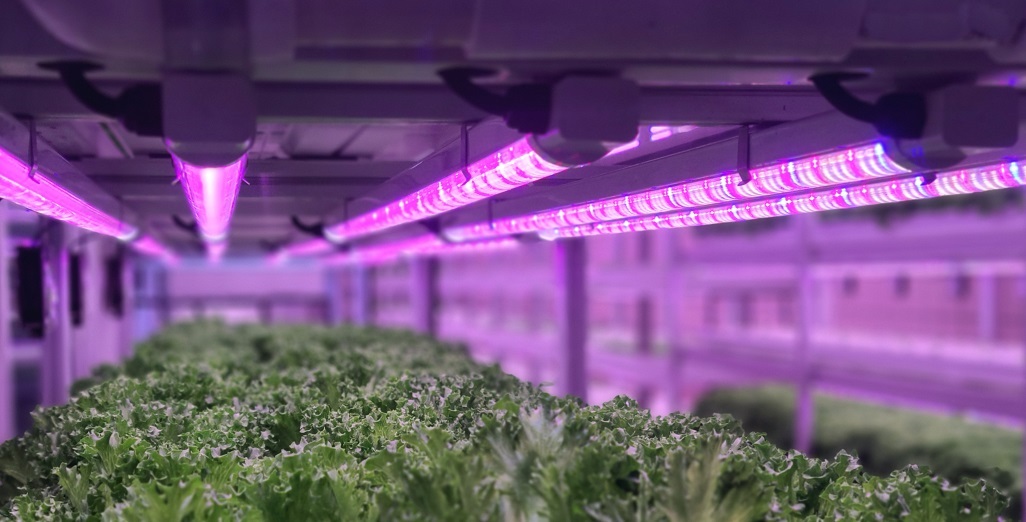
Whitepaper elaborates on safe recirculation of irrigation water
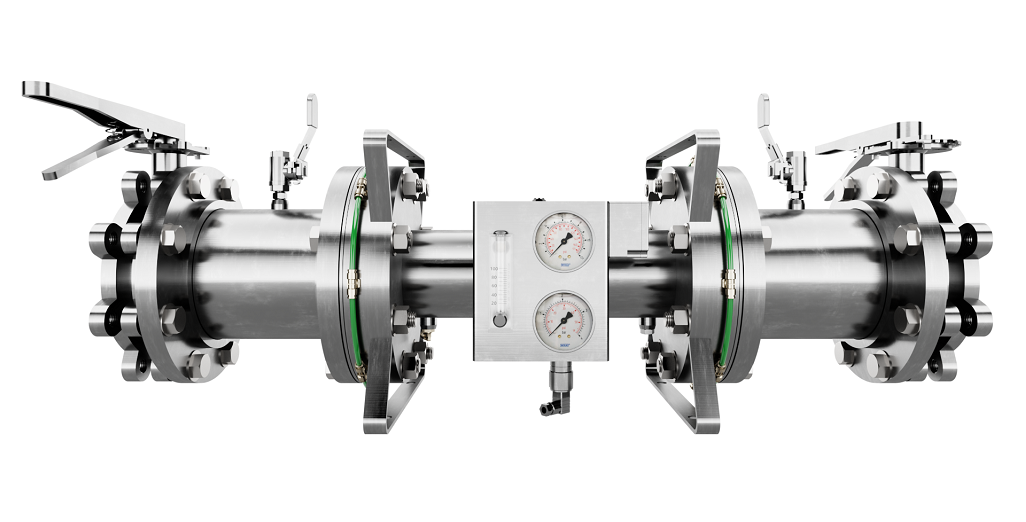
Introducing Moleaer’s Trinity: Revolutionizing Agriculture with Advanced Nanobubble Technology
